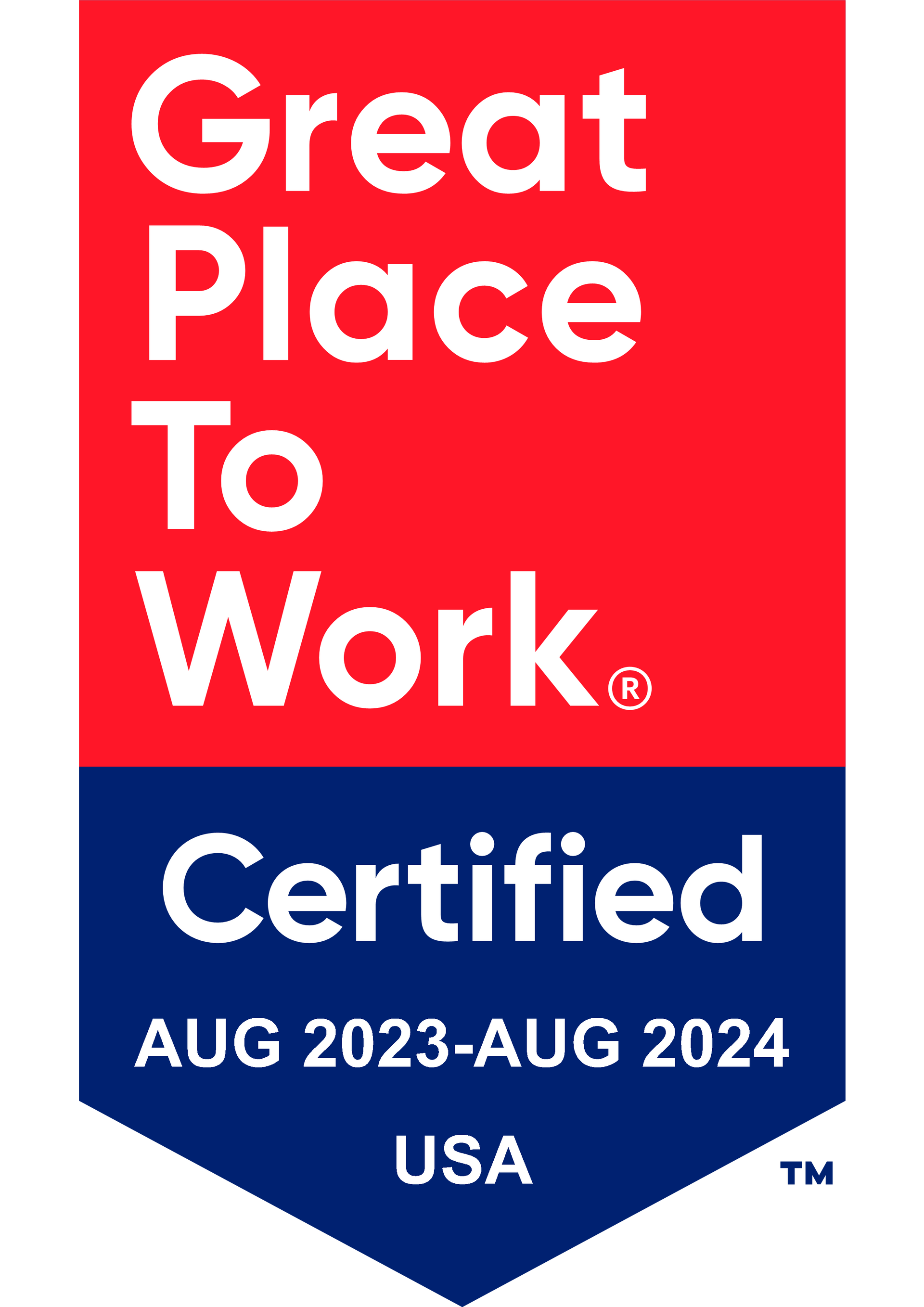Get in touch
408-366-8880
mymail@mailservice.com

Skills Gap Analysis: How To Identify Skills Gaps
Even before COVID-19 disrupted the marketplace worldwide, businesses were also evolving and asking their employees to do so. Due to rapidly developing and emerging technologies that change the way organizations do business, employers need employees who have an eager attitude about learning new information and are willing to learn or upgrade their skills.
Sectors as diverse as medicine, real estate, finance, and manufacturing increasingly ask employees to rise to the occasion and the next occasion to stay innovative and competitive.
As cost-effective and comforting it is to find and maintain business stability, this is no longer a realistic concept. Even worse, the idea of maintaining a long-standing status quo is likely to cause long-term harm—and sometimes short-term—to the best companies in their fields.
One issue that shines a glaring light on the need for agility and willingness on employees’ part is the urgent need to adopt and adapt new skills into their repertoire. The question for many business leaders is whether employees need to acquire new skills. One effective way to find out is by conducting a skills gap analysis to optimize workplace potential.
Do you think you might need to incorporate this testing measure into your organization?
WHAT IS A SKILLS GAP ANALYSIS?
At its core, a skills gap analysis is a tool your organization can use to evaluate the current state of an individual employee’s skills compared to the desired future state of everyone’s skills in your company. With the rapid rate of technological development and launch and businesses’ readiness to use those technologies, it is more vital than ever to hire and retain employees ready to switch up, learn, and adapt as much and quickly as possible.
A primary reason for conducting this crucial testing measure is to identify the skills an employee needs to optimally perform their duties while comparing those necessary skills to those they lack and need to acquire.
Consider the urgent need for workers to shift to remote work environments in the early days of COVID when quarantines, lockdowns, and restrictions forced everyone to rethink their roles and abilities. Many employees needed to learn a new bundle of skills, such as setting up and managing remote workstations, never having needed to do so before. Such adaptability is in ever-increasing demand.
How did your employees acclimate to the drastic, rapid changes during the COVID lockdowns? Reviewing and analyzing those events and how everyone managed is a way to put employees’ ad hoc capabilities in perspective.
WHAT IS A SKILLS GAP?
The phrase “skills gap” refers to the skills a job or project requires and the skills that job candidates or existing employees actually possess. When you understand that difference, based on what you know about the market and existing technology today and any research you’ve done on emerging technologies in your sector, you can work to cinch the skills gap.
WHAT DOES A SKILLS GAP ANALYZE?
A skills gap analysis explores three vital considerations:
- The current situation, what you need from your employees, and how long they can continue performing on the same level before their work becomes less effective for your goals.
- The ideal situation and how long you can wait to achieve it through employee training and skills acquisition or new hires.
- The ways to improve the situation to close the skills gap, ensuring employees have the skills needed to perform their responsibilities for years to come.
WHY IS A SKILLS GAP ANALYSIS IMPORTANT?
As you work to grow your business, you need tools to help you determine where to focus your organizational energy and budget. A skills gap analysis is an essential tool that can help you measure your company’s goals and ensure that your employees—current and future—have the skills you need to achieve those goals to your plans.
Essentially, it shows you where you are now, where you want to go, and how to get there with the necessary skills from your team.
Some additional reasons your business could benefit from a skills gap analysis include the following.
RAPID AND ONGOING CHANGES BROUGHT ABOUT BY TECHNOLOGY REQUIRE EMPLOYEE FLEXIBILITY AND ADAPTABILITY MAKE ANALYSIS CRITICAL
Over the next decade, automation will take on a greater role in most workplaces. It has already done so, but the rate is quickening. That makes it essential for employers and employees to have the determination, stamina, willingness to keep up—and ahead, when possible—to seek proactive solutions to potential problems.
You have to ask yourself how capable your staff is of working with the necessary technology with ease and confidence, even if they have to learn it on the job and as a new aspect of their position.
HELPS EMPLOYEES FEEL CONFIDENT AS AUTOMATION TAKES A GREATER ROLE
While the current job market is in a state of flux due to the ongoing effects of COVID-19 and the Great Resignation, people are still seeking jobs. However, job candidates and current employees might worry about the ever-growing presence of automation in many organizations.
Fortunately, technology is frequently so intuitive that employees adapt well enough to get the job done. Still, you might have some jobs and technologies that require more in-depth knowledge and training to ensure they can take command of the tasks. With this analysis, you can
help talented employees grow with the technologies you adopt. The benefits of automation increase when operated and directed by skilled employees who feel valued and have a sense of purpose.
TURNS THE HIRING PROCESS INTO A MULTI-FACETED SOLUTION
Suppose you are hiring for a position that requires specific skills. In that case, you might work to fill current skills gaps for other valuable employees already on board until they acquire the necessary skills. You can still hire for the core position. Still, you can ask candidates how comfortable they are pitching in to temporarily or permanently take on related tasks that are not central to their potential role.
KEEPS EVERYONE SHARP AND READY TO LEARN AND GROW
Providing relevant training and other learning opportunities—gleaned by your skills gap analysis—helps your employees gain confidence and feel ready and enthusiastic for new challenges.
HOW PREVALENT IS A SKILLS GAP IN TODAY’S WORKFORCE?
According to the Brookings Institute, the nature of work is changing for many reasons, such as previously noted emerging technologies, disruptive forces like artificial intelligence (AI) and the internet of things (IoT), the gig economy, remote work situations, and automation. It is challenging to keep up with our rapidly evolving society and makes it increasingly difficult for hiring teams to hire appropriately. The needs today might soon become outdated.
Per Elizabeth Mann Levesque’s article at Brookings, “The skills gap may leave an estimated 2.4 million positions unfilled between 2018 and 2028.”
Skills gaps present risks for your business that you can avoid when you gain valuable insights from a skills gap analysis to determine your needs and work on solutions.
WHAT TYPES OF COMPANIES BENEFIT?
Technology has become an integral part of businesses in health and medicine, engineering, transportation, manufacturing, finance, education, and nearly everything else. That means all types of businesses worldwide need to continually monitor the skills needs of their employees.
HOW TO PERFORM A SUCCESSFUL SKILLS GAP ANALYSIS
As you and your team strive to find employees with the right skills, knowledge, desire and propensity for learning—perhaps over educational credentials in some cases—you will find that this analysis is an invaluable tool.
Here are some steps you can take as you conduct a skills gap analysis.
1. PLAN TO DETERMINE WHAT YOU WANT TO LEARN
There are a few strategies to conduct a skills gap analysis:
- Identify skills required for a job and compare them to the employee’s skill level and potential ability to acquire them.
- Team or Company. Whether your company is launching a new project or investing in new technology, you need to know how capable and adaptable your employees are.
2. IDENTIFY SKILLS YOU WANT EMPLOYEES TO HAVE
You might find that you begin approaching hiring based on skills more than a specific role, allowing for more agility. Ask yourself what skills your company values most and what skills are crucial for your business’s future success.
3. MEASURE EMPLOYEES’ CURRENT SKILLS
You don’t want your employees to feel unnecessary stress or worry that their jobs are on the line. However, you do need this vital information. Here are some skills gap testing strategies to help you toe the line:
- Conduct employee interviews that discuss their comfort with new technologies and
willingness to do the proper training to stay current.
- Distribute questionnaires, surveys, and assessments.
- Provide feedback from performance reviews.
HOW TO READ, REACT TO, AND USE RESULTS
Once you conduct your skills gap analysis, you want to sit down with your team to identify gaps. Find out where you need to fill gaps through training, education, or hiring by doing the following:
- Rate your employees objectively to find gaps.
- Ask employees to take tests and do puzzles that help them see their skills gaps, encouraging them to take the proper coursework.
- Devise a training strategy to support employees who are willing and excited about learning the necessary skills to help them and your business grow.
REACH OUT TO US TO LEARN MORE ABOUT HOW A SKILLS GAP ANALYSIS HELPS YOU AND EMPLOYEES
Do you need help developing a skills gap analysis that works for your business? Our KBI Benefits team can help you determine what you need to do to keep employees happy while ensuring their skills are up to speed.
Contact us to learn more about our support services in many key areas.
By Chris Freitas
Sources (linked):
https://blog.kbibenefits.com/employee-survey-questions
https://www.brookings.edu/research/understanding-the-skills-gap-and-what-employers-can-do-about-it/
Sources (for reference/not linked):
https://www.process.st/gap-analysis/
https://www.futurelearn.com/info/blog/what-is-the-skills-gap
Services
Latest Thinking




